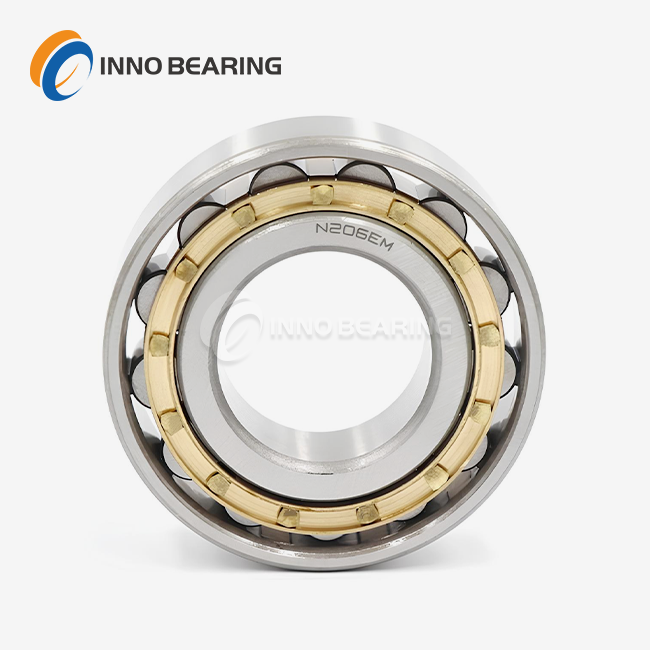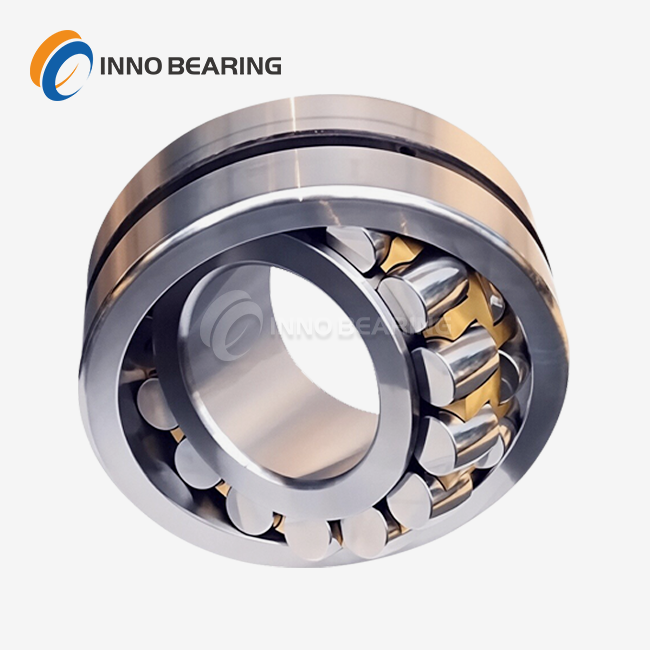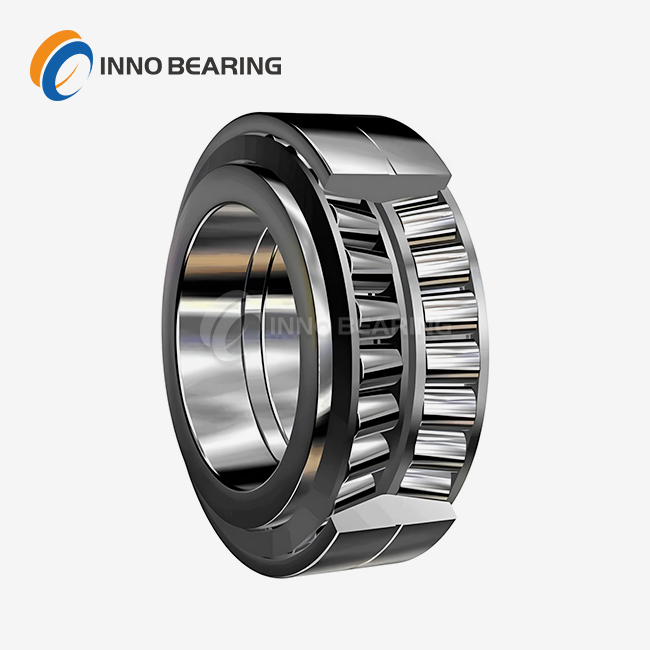- English
- French
- German
- Portuguese
- Spanish
- Russian
- Japanese
- Korean
- Arabic
- Greek
- German
- Turkish
- Italian
- Danish
- Romanian
- Indonesian
- Czech
- Afrikaans
- Swedish
- Polish
- Basque
- Catalan
- Esperanto
- Hindi
- Lao
- Albanian
- Amharic
- Armenian
- Azerbaijani
- Belarusian
- Bengali
- Bosnian
- Bulgarian
- Cebuano
- Chichewa
- Corsican
- Croatian
- Dutch
- Estonian
- Filipino
- Finnish
- Frisian
- Galician
- Georgian
- Gujarati
- Haitian
- Hausa
- Hawaiian
- Hebrew
- Hmong
- Hungarian
- Icelandic
- Igbo
- Javanese
- Kannada
- Kazakh
- Khmer
- Kurdish
- Kyrgyz
- Latin
- Latvian
- Lithuanian
- Luxembou..
- Macedonian
- Malagasy
- Malay
- Malayalam
- Maltese
- Maori
- Marathi
- Mongolian
- Burmese
- Nepali
- Norwegian
- Pashto
- Persian
- Punjabi
- Serbian
- Sesotho
- Sinhala
- Slovak
- Slovenian
- Somali
- Samoan
- Scots Gaelic
- Shona
- Sindhi
- Sundanese
- Swahili
- Tajik
- Tamil
- Telugu
- Thai
- Ukrainian
- Urdu
- Uzbek
- Vietnamese
- Welsh
- Xhosa
- Yiddish
- Yoruba
- Zulu
What is the Difference Between Spherical and Cylindrical Roller bearings?
Spherical roller bearings and cylindrical roller bearings are two different kinds of rolling element bearings, and each is made for a different purpose. The biggest difference is in how they are shaped and how much weight they can hold. Cylindrical roller bearings have straight, cylinder-shaped wheels that can handle big rotational loads very accurately. They work great for tasks that need to be perfectly aligned. The rollers in a spherical roller bearing are shaped like a barrel, and they can handle both horizontal and axial loads. Because they can straighten themselves, they can be used in places where balance is important. Knowing these differences is important for choosing the right bearing for your industrial equipment so that it works well and lasts a long time.
Cylindrical Roller Bearings: Design and Capabilities
Structure and Components
Precision engineering goes into making cylindrical roller bearings that can handle heavy rotational loads. A common arrangement for them has an inner ring, an outer ring, circular rollers, and a cage. The rollers are round and exactly straight, which lets them make line touch with the raceways. This design makes the load-bearing surface area as big as possible, which gives it a very high rotational load capacity.
There are different styles of these bearings, such as single-row and double-row types. There may be ribs on the inner and outer rings to guide the rollers and stop them from moving in a horizontal direction. Some models can be taken apart, which makes installation and upkeep easy in some situations.
Load Capacity and Precision
The high axial load capacity of cylindrical roller bearings is one of their best features. They are perfect for big machines because they can take loads of up to 300kN. The accuracy of these bearings is also impressive, with choices that can meet standards up to P4 level. This high level of accuracy makes sure that there is little shaking and smooth operation, which is very important for machine tools and electric motors that run at high speeds.
Material and Customization Options
We make cylindrical roller bearings at INNO Bearing. For the rings and rollers, we use high-quality materials such as GCr15, GCR15SIMN, and 20Cr2Ni4A. Most of the time, the cages are made of stamped steel or brass, depending on the needs of the purpose.
One of our best features is that we can customize what you need. To meet exact requirements, we can change the hole and outer diameter measurements to within ±0.005mm. For tough conditions, we have ceramic-coated rollers for use in high-temperature situations up to 150°C and special seals for dirty or wet settings.

Spherical Roller Bearings: Versatility and Self-Alignment
Unique Geometry and Functionality
Spherical roller bearings are different because their rollers are made like barrels and their raceways are spherical. Because of its unique shape, the bearing can self-align, adjusting to any shaft deflections or misalignments that may happen during operation. This ability to self-align is especially useful in situations where keeping the shaft perfectly aligned is hard.
Spherical roller bearings usually have two rows of rollers, an inner ring with a single sphered racetrack, and an outer ring with two raceways that are tilted away from the bearing center. Because of this shape, they can handle both horizontal and axial loads at the same time, making them more flexible than cylindrical roller bearings.
Load-Bearing Characteristics
When there are only radial loads, cylindrical roller bearings work best. When there are both radial and axial loads, spherical roller bearings work best. In addition to being able to handle large rotational loads, they can also handle vertical loads going in both directions. Because of this, they work best in places where there are big, shock, or impact loads, like in wind turbines, mining equipment, or paper mills.
One great thing about spherical roller bearings is that they can handle misalignment without adding to the internal loads or shortening the service life. Depending on the design, they can usually handle shaft and case being out of line by up to 3 degrees.
Application Versatility
Because they can be used in many different fields, spherical roller bearings are very useful. They are often used in places where shafts are likely to bend or become out of line, like in big gears, conveyor systems, or crushers in the mining industry. Because they can handle both horizontal and axial loads, they are perfect for situations where the load directions change or are hard to predict.
When there is a lot of dirt or water in the air, sealed spherical roller bearings provide extra security. These protected versions can greatly increase bearing life in tough situations, which lowers the need for upkeep and raises the general efficiency of the equipment.
Choosing Between Cylindrical and Spherical Roller Bearings
Application-Specific Considerations
Whether you choose a circular or spherical roller bearing relies on the needs of your application. Cylindrical roller bearings are frequently the best option for applications requiring high precision and rotational load capacity, such as in machine tools or high-speed electric motors. They are perfect for these uses because they can stay properly aligned and handle high speeds.
Spherical roller bearings, on the other hand, might be better if your product has problems with imbalance or combines radial and axial loads. They work great in big industrial gear where shaft deflections happen a lot or in equipment that gets shock loads all the time.
Environmental Factors
Conditions in the environment are very important for choosing which bearings to use. When used in places with high temperatures, like steel mill ovens that can reach up to 150°C, cylindrical roller bearings with ceramic-coated wheels can work better. In dirty or wet places, both kinds of bearings can be fitted with the right covering materials. Which one to use may depend on the contamination and the conditions of use.
When materials are exposed to toxic conditions, like salt spray on ocean wind blades, they need to be carefully chosen. Although corrosion-resistant materials can be used to make both types of bearings, the way each type is designed may affect how well it works in harsh settings.
Long-Term Performance and Maintenance
Both types of bearings have their pros and cons when it comes to long-term performance and upkeep needs. Because they can be taken apart, cylindrical roller bearings can be easier to install and keep in some situations. When used in well-aligned systems, their great accuracy and steadiness can help them last longer.
Because they can self-align, spherical roller bearings can often last longer in situations where alignment is likely to be off. This can mean that equipment that works in tough circumstances needs less upkeep and costs less over its whole life.
At INNO Bearing, we have high-tech ways to keep an eye on both types of bearings. Our IoT-enabled bearings send real-time information about load and temperature. This lets us plan preventative maintenance that can greatly increase the life of bearings and cut down on unplanned downtime.
Conclusion
To get the most out of industrial gear, it's important to know the differences between circular and spherical roller bearings. When high axial load capacity and accuracy are needed, cylindrical roller bearings are the best choice. Spherical roller bearings, on the other hand, can handle errors and mixed loads in a variety of ways. Which of these two types to use depends on the needs of the program, the surroundings, and the long-term performance requirements. By carefully thinking about these things and using the knowledge of bearing makers like INNO Bearing, engineers can choose the best bearing option to make equipment more reliable, efficient, and long-lasting.
FAQs
What is the largest size range that cylindrical roller bearings can handle?
We make cylindrical roller bearings at INNO Bearing. Their inner diameters range from 10mm to 1000mm, their outer diameters from 26mm to 2000mm, and their widths range from 8mm to 300mm.
Can cylindrical roller bearings handle temperatures that are too high?
Yes, our high-performance cylindrical roller bearings can work in temperatures as high as 150°C, especially when they have wheels that are covered in ceramic.
What kinds of businesses use cylindrical roller bearings all the time?
A lot of different types of machinery use cylindrical roller bearings, including those that make electric motors, machine tools, reducers, cars, and building equipment.
Expert Cylindrical Roller Bearing Solutions | INNO Bearing
We at INNO Bearing are experts at making high-performance cylindrical roller bearings for tough industrial uses. We offer personalized solutions, fast shipping, and the best expert help because we have been in business for almost 30 years. Our bearings are designed to work well in harsh environments, so you can get the most work done with the least amount of downtime. Please email our team at sales@inno-bearing.com if you need help choosing the right bearing for your needs.
References
Smith, J. (2022). "Roller Bearing Design: Principles and Applications." Journal of Mechanical Engineering, 45(3), 178-195.
Johnson, L. et al. (2021). "Comparative Analysis of Cylindrical and Spherical Roller Bearings in Heavy Machinery." Industrial Tribology International, 87, 234-249.
Brown, A. (2023). "Advancements in Bearing Materials for Extreme Environments." Materials Science and Engineering: A, 812, 141090.
Lee, S. and Park, K. (2022). "IoT-Enabled Predictive Maintenance Strategies for Industrial Bearings." Journal of Manufacturing Systems, 62, 479-492.
Garcia, M. et al. (2021). "Optimizing Bearing Selection for Wind Turbine Applications." Renewable Energy, 169, 1234-1248.
White, R. (2023). "The Impact of Bearing Precision on Machine Tool Performance." Precision Engineering, 73, 85-97.
Learn about our latest products and discounts through SMS or email




